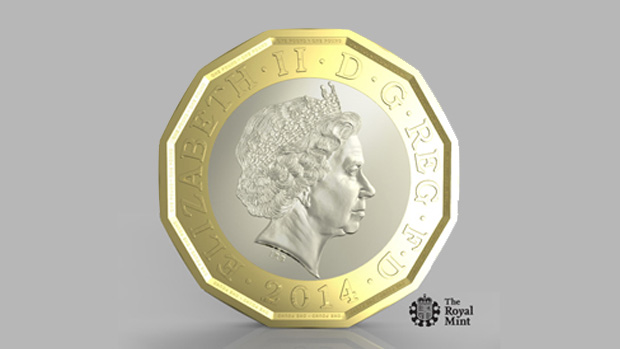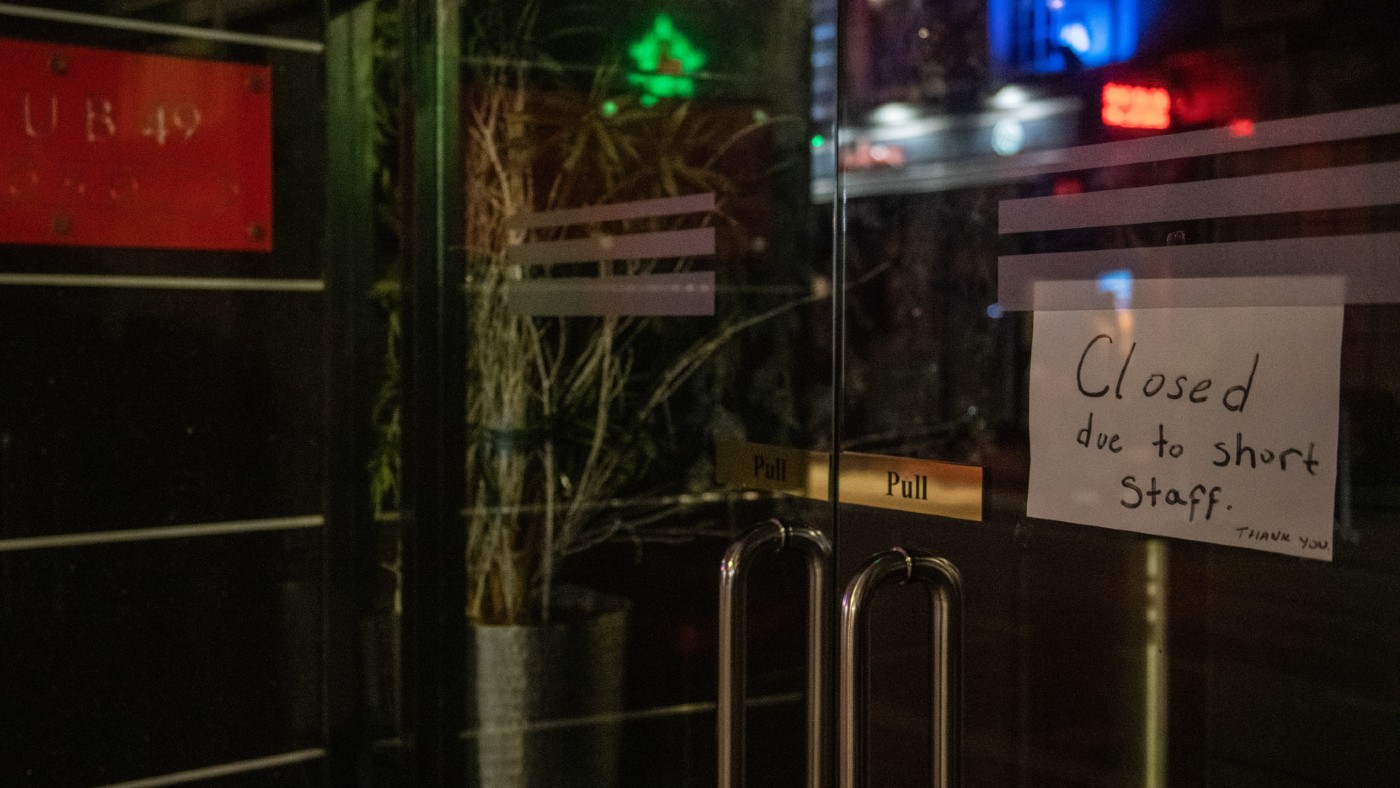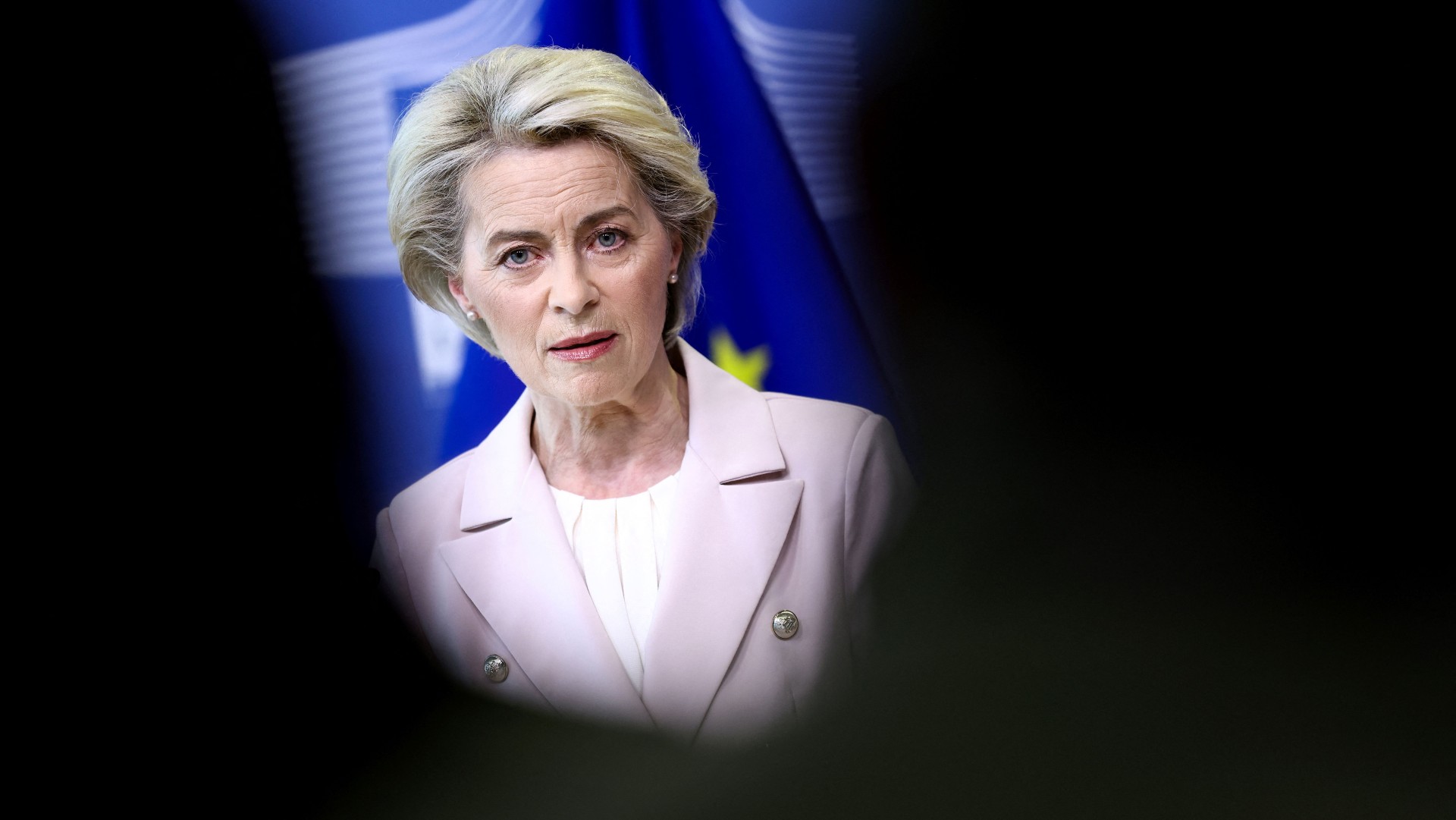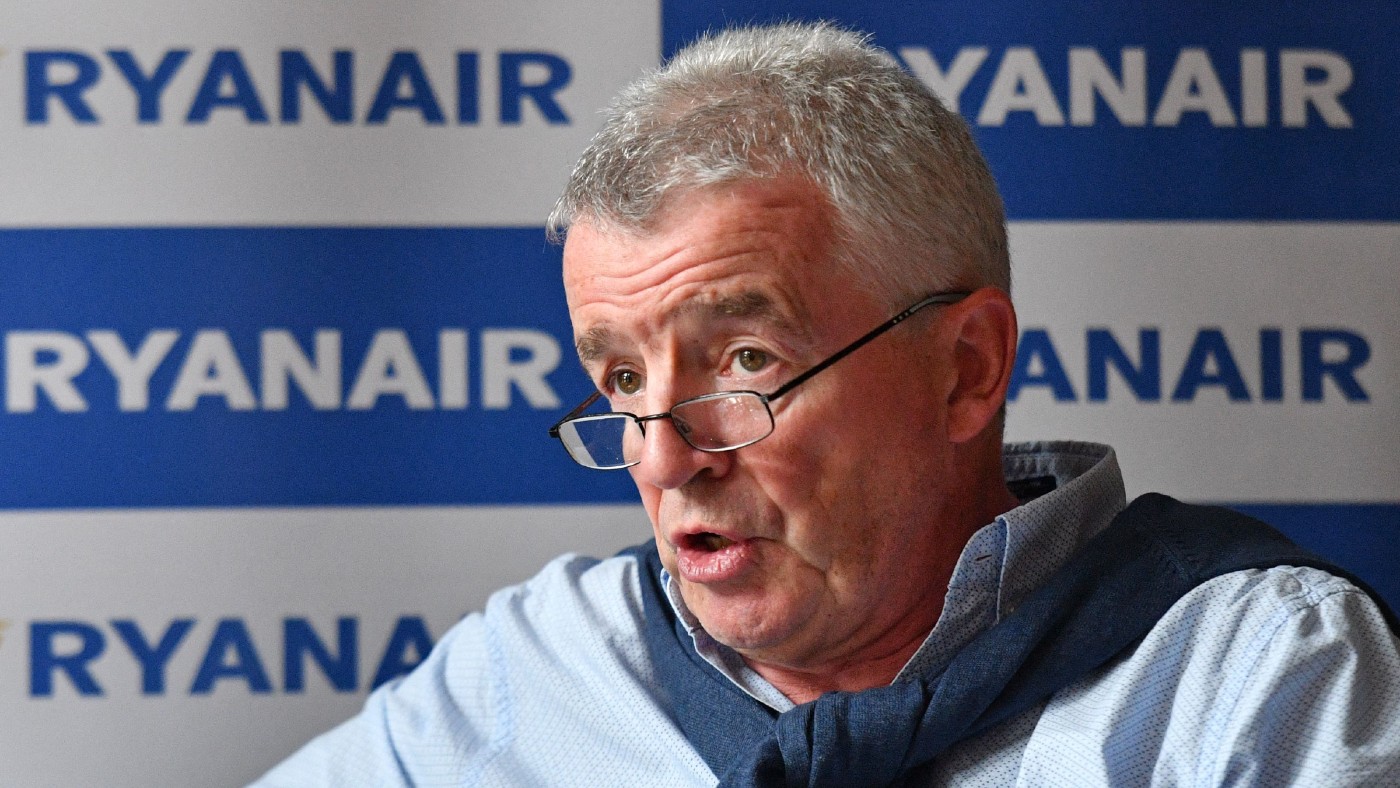New 12-sided pound coin will be 'most secure in the world'
New £1 coin will help fight forgery but likely to cost £20m to change vending machines and trolleys

THE new 12-sided £1 coin will be the hardest to fake in the world, but is likely to cost the economy up to £20m in vending machine and trolley modifications.
The Treasury has said the new coin will be introduced in 2017 amid concerns about the current £1 coin's vulnerability to counterfeiting.
"After 30 years loyal service, the time is right to retire the current £1 coin, and replace it with the most secure coin in the world," said a Treasury spokesman.
The Week
Escape your echo chamber. Get the facts behind the news, plus analysis from multiple perspectives.

Sign up for The Week's Free Newsletters
From our morning news briefing to a weekly Good News Newsletter, get the best of The Week delivered directly to your inbox.
From our morning news briefing to a weekly Good News Newsletter, get the best of The Week delivered directly to your inbox.
The new coin is based on the design of the old three-penny piece, a 12-sided coin in circulation between 1937 and 1971.
Chancellor George Osborne tweeted an image of the coin ahead of today's Budget.
Today I will deliver a Budget for a resilient economy - starting with a resilient pound coin pic.twitter.com/Ev2IuNpXg4 — George Osborne (@George_Osborne) March 19, 2014
The Royal Mint, which believes three per cent of existing £1 coins are fake, said the move would increase public confidence in the UK's currency and ultimately reduce costs for banks and other businesses.
However, the Royal Mint's director of circulation, Andrew Mills, has said it is "a likelihood" that every vending machine will have to change to fit the coin.
A free daily email with the biggest news stories of the day – and the best features from TheWeek.com
Speaking on BBC Radio 4's Today programme, Mills said the cost to the economy over the next three years for changes to vending machines and trolleys will be around £15m to £20m.
He added that it was important to look at the benefits of the coin and said that the Royal Mint will be consulting with the Automatic Vending Association and other industries to ensure the changeover runs as "smoothly as possible".
The current pound coin was introduced in 1983 as part of the phasing out of the pound note, which was withdrawn five years later.
The new coin will be bi-metallic and will incorporate state-of-the-art technology to ensure it can be authenticated at all points. While the Queen's head will be on one side of the coin, the Treasury has said there will be a public competition to decide the image on the other side.
-
 Trump wants to build out AI with a new ‘Tech Force’
Trump wants to build out AI with a new ‘Tech Force’The Explainer The administration is looking to add roughly 1,000 jobs
-
 The Alps start the countdown to ‘peak glacier extinction’
The Alps start the countdown to ‘peak glacier extinction’IN THE SPOTLIGHT Central Europe is losing ice faster than anywhere else on Earth. Global warming puts this already bad situation at risk of becoming even worse.
-
 ‘It’s hard not to feel for the distillers’
‘It’s hard not to feel for the distillers’Instant Opinion Opinion, comment and editorials of the day
-
 Do Tory tax cuts herald return of austerity?
Do Tory tax cuts herald return of austerity?Today's Big Question Chancellor U-turns on scrapping top rate tax but urges ministers to make public spending cuts
-
 Labour shortages: the ‘most urgent problem’ facing the UK economy right now
Labour shortages: the ‘most urgent problem’ facing the UK economy right nowSpeed Read Britain is currently in the grip of an ‘employment crisis’
-
 Will the energy war hurt Europe more than Russia?
Will the energy war hurt Europe more than Russia?Speed Read European Commission proposes a total ban on Russian oil
-
 Will Elon Musk manage to take over Twitter?
Will Elon Musk manage to take over Twitter?Speed Read The world’s richest man has launched a hostile takeover bid worth $43bn
-
 Shoppers urged not to buy into dodgy Black Friday deals
Shoppers urged not to buy into dodgy Black Friday dealsSpeed Read Consumer watchdog says better prices can be had on most of the so-called bargain offers
-
 Ryanair: readying for departure from London
Ryanair: readying for departure from LondonSpeed Read Plans to delist Ryanair from the London Stock Exchange could spell ‘another blow’ to the ‘dwindling’ London market
-
 Out of fashion: Asos ‘curse’ has struck again
Out of fashion: Asos ‘curse’ has struck againSpeed Read Share price tumbles following the departure of CEO Nick Beighton
-
 Universal Music’s blockbuster listing: don’t stop me now…
Universal Music’s blockbuster listing: don’t stop me now…Speed Read Investors are betting heavily that the ‘boom in music streaming’, which has transformed Universal’s fortunes, ‘still has a long way to go’